Table of Contents
Chemical Evolution of Life:
Synthesis of Simple Compounds:
Primitive earth had an abundance of elements like nitrogen, hydrogen, carbon and oxygen. These elements combined with one another and with other elements to form simple compounds. Therefore, carbon was found as dicarbon, cyanogen. methane and metal carbides. Oxygen did not occur in the free state because the reduced substances immediately combined with it to form oxides. Nitrogen existed in combination with metals to form nitrites. Hydrogen combined with oxygen, nitrogen and carbon to form water, ammonia, methane and cyanamide which all existed in the gaseous state due to high temperature. Water existed in the form of superheated steam.
As time passed and temperature of earth gradually came down, some of these gases liquefied and some of the liquids solidified. The superheated steam condensed into water and resulted in rain. The rain on approaching the hot earth surface immediately evaporated and returned into the atmosphere. This cycle went on for millions of years and resulted in the cooling of the earth surface. As a result, the earth surface became cold enough to hold water which finally resulted in the existence of water bodies like rivers, seas and oceans. The oceanic water contained atmospheric ammonia and methane which got dissolved and washed down with the water dropped from the atmosphere in the form of rain. Mineral rocks also dissolved leading to the accumulation of salts and minerals in the oceanic water.
Origin of Organic Compounds:
When the temperature of the earth surface was greatly cooled down (100°C), then the highly reactive free radicals CH and -CH2 condensed to form a variety of hydrocarbons. Also, metal carbides reacted with steam and produced hydrocarbons. These hydrocarbons, their derivatives, ammonia and water underwent condensation, polymerization, oxidation and reduction. These reactions were influenced by the then available energy sources like ultra-violet rays, radiations, lightning and volcanic activities. These reactions produced more and more complex molecules like simple sugars, amino-acids, proteins, fatty acids etc. Similarly, Purines and pyrimidines were also synthesized. These are thought to be originated from hydrogen cyanide on primitive earth due to condensation reactions in the presence of heat or radiations.
In this way, simple gases and inorganic materials reacted to form simple organic compounds under the influence of free energy and thus, it opened the door for the origin of life.
Formation of Complex Organic Molecules:
The chemical reactions resulting in the formation of carbohydrates, fatty acids, amino acids and synthesis of other complex organic compounds probably occurred in the sea which has been described as the hot dilute soup or primordial soup by Haldane and was also referred to as warm little pond by Darwin.
In the primordial soup, which was oxygen-free and sterile, the simple organic substances came together in increasing number, collided, reacted and aggregated forming new molecules of greater size and complexity. Thus, there occurred continuous and unending interactions among the molecules of different compounds n the pre-mordial soups. All these resulted in the formation of more and more complex organic compounds like polysaccharides, proteins, fats, nucleosides and nucleotides. Carbohydrates and fats are the source of energy and constituted good building material for the future life. A large number of amino acids linked together to form long complex chains called polypeptide chains. It was the beginning of protein synthesis. Some of these acted as primitive enzymes which accelerated the rate of formation of specified molecules. In fact, the formation of protein molecules can be considered a landmark in the event of the origin of life. The formation of nucleic acids from phosphoric acid, sugar, purines and pyrimidines was yet another important event.
Formation of Nucleoproteins:
With the progress of chemical synthesis of macromolecules, some of them like polysaccharides, fats, proteins and nucleic acids combined with one another in different ways and resulted in giant molecules like nucleoproteins which were formed by the union of nucleic acid and protein molecules.
The organic molecules like proteins aggregated together because of the attraction between polymers of opposite electrical charges. These aggregated molecules formed small colloidal masses as insoluble droplets which finally precipitated and aggregated into a larger and denser colloidal system called coacervates (Pre-cell) which are described as intermediates between the molecules and the organisms.
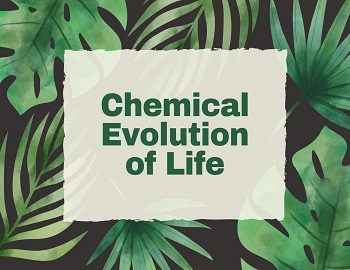
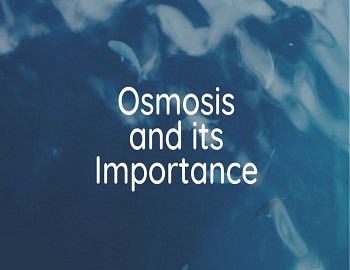

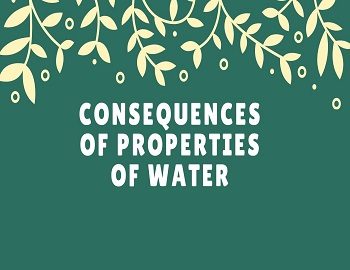

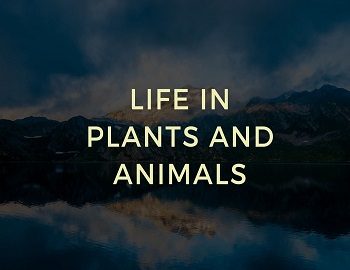


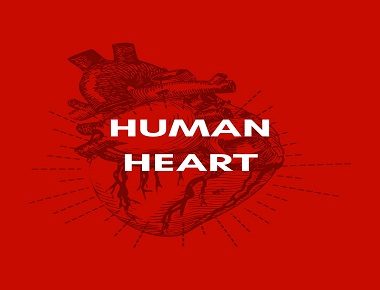
Comments (No)